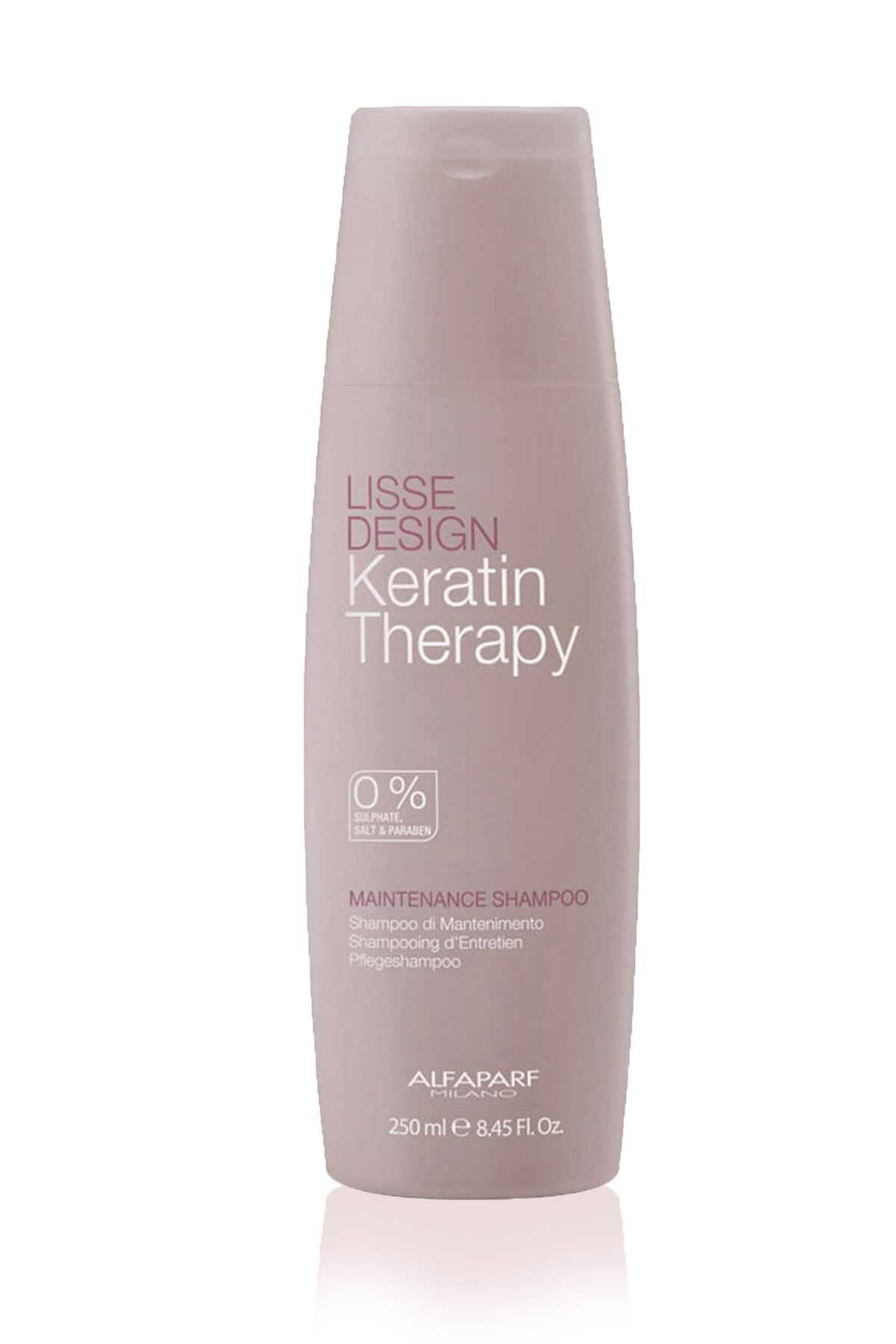
From reading the passage we know we’re looking at AMC: (2 x 10 -9) / (1 x 10 -4) = 5 x 10 4 or answer choice D.Ĥ) First thing we’re going to do is identify the molecule in question.

Dividing peptide concentration by proteasome concentration gives us Note in the experimental procedure we’re told the proteasome concentration of 2 nM (2 x 10 -9) while the peptide concentration is 100 μM (1 x 10 -4). We want to note the factor difference in concentration of the substrate and the concentration of the proteasome. In this case, the substrate is going to be the peptide succinyl–LLVY–AMC. We’re told a porphyrin compound can inhibit proteasome activity. The proteasome is the enzyme introduced by the author in the first part of the passage. We can pull up the relevant part of the passage to help us understand the question. ΔE = (6.62 × 10 –34) × (3.0 × 10 8) × which corresponds to answer choice C.ģ) This is a straightforward question in terms of how it’s worded, but we have to be careful to correctly identify the components mentioned in the question stem. We’ll plug the two wavelengths and our constants into our above equation to find the energy converted: We need to determine the energy converted based on the question stem, which will involve the two wavelengths I referenced from the passage.

In this case, we have wavelengths so we can use the relationship between frequency and wavelength: f=c/λ. The energy of a photon is equal to the product of Planck’s constant and frequency of EM Wave: E = hf. We have fluorescence emission at 440 nm and excitation at 360 nm. First, what are the key points we need from the passage? Let’s revisit where the author talks about the excitation and emission events. Correct answer here is answer choice A.Ģ) This question is related to the passage, but ultimately, we’ll need to use external knowledge to deal with some math. In this specific question, we can find the amine in our structure: position I. Therefore, to break a peptide bond, it must be cleaved with the addition of a water, in a process called hydrolysis. During the formation of this peptide bond, the carboxyl (-COOH) group of one amino acid and the amino (-NH2) group of the other amino acid combine and release a molecule of water. Each amino acid is attached to its neighboring amino acid by a covalent bond, known as a peptide bond. What do we know about peptide bonds? We usually see them in amino acids.

The author tells us AMC is liberated from a peptide as a result of peptide bond hydrolysis.ĪMC is attached to the peptide via a peptide bond.

Technology: The low salt technology leads to maximum pigment availability in the hair for enhanced colour results while the integrated bonding technology enforces structural bonds in the hair shaft for increased hair strength.Ĭlick Hereto find out more about the Chroma ID Colour System.Ĭlick Hereto see the Chroma ID Colour Guide.1) To answer this question, we can go back to the passage and gather any necessary information. Longevity: Depending on shade selection, development time and hair structure, colour lasts 5-12 washes. Leave on for 3-15 minutes, depending on desired colour vibrancy, then rinse. Use shade 7-77 Copper for copper tones and refreshments on medium blonde bases.Ĭolour & Care in 1 Step: Combining high performing colour with intense care: the treatment based colour allows for simple, quick and perfectly even colour distribution while the integrated bonding technology deeply conditions the hair from within.Įasy Application: Apply evenly onto pre-washed, towel dried hair. The Chroma ID Bonding Color Masks are perfect for at-home colour refresh and pastel toning to help maintain colour vibrancy between salon visits. Schwarzkopf Chroma ID is a semi-permanent mix and tone colour system with integrated bonding technology.


 0 kommentar(er)
0 kommentar(er)
